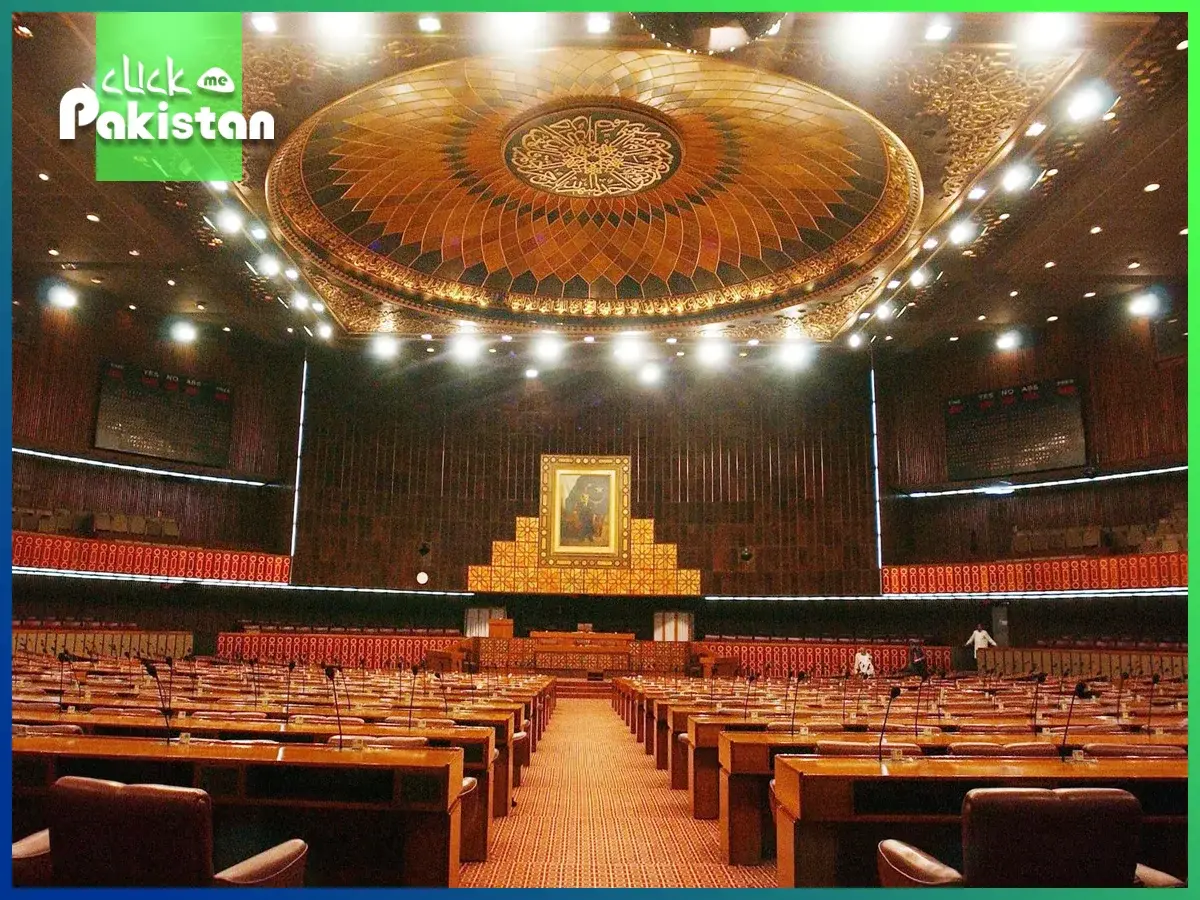Introduction
Delving into the intricacies of Pakistan’s parliamentary system reveals a tapestry of democracy where the allocation of seats across provinces plays a pivotal role in shaping the government. In this exploration, we will unravel the seat distribution in each province and grasp the dynamics of Pakistan’s Government formation, both at the provincial and national levels.
The Structure of the National Assembly

Understanding Pakistan’s Government formation, with its intricate allocation of seats across provinces, offers a glimpse into the complex tapestry of its democracy and furthermore for anyone to understand the politics of this country its better to always have an idea of how the counstition works. The National Assembly, as the heart of this democratic process, serves as a platform where the voices of different regions and communities converge to shape the nation’s destiny. The continuous evolution of this democratic framework underscores Pakistan’s commitment to inclusive governance and representation for all.
The National Assembly of Pakistan, the keystone of the bicameral legislature, holds 342 seats. Elected through a general election based on proportional representation, understanding the allocation of seats across provinces is essential for a comprehensive grasp of Pakistan’s political dynamics.
Provincial Allocation
Punjab
Seats in National Assembly: 183
Provincial Assembly Seats: 371
Sindh
Seats in National Assembly: 75
Provincial Assembly Seats: 168
Khyber Pakhtunkhwa (KPK)
Seats in National Assembly: 43
Provincial Assembly Seats: 145
Balochistan
Seats in National Assembly: 17
Provincial Assembly Seats: 65
Special Seats and Reservations
In addition to directly elected seats, special seats and reservations add nuance to the parliamentary landscape. These reserved seats ensure representation for marginalized groups, including women, minorities, and technocrats, enhancing the inclusivity of the Pakistan’s government formation.
Pakistan’s Government Formation

Pakistan’s government formation, a political party or coalition must secure a simple majority in the National Assembly, which requires winning more than half of the total seats—172 out of 342. Once this majority is achieved, the victorious party or coalition is invited to form the government, with its leader becoming the Prime Minister.
Cabinet Formation at the Provincial Level
To form a provincial government, the dynamics are similar but tailored to the respective provincial assemblies. For instance:
Punjab
Cabinet Formation: Requires a simple majority of 186 out of 371 provincial assembly seats.
Sindh
Cabinet Formation: Requires a simple majority of 85 out of 168 provincial assembly seats.
Khyber Pakhtunkhwa (KPK)
Cabinet Formation: Requires a simple majority of 73 out of 145 provincial assembly seats.
Balochistan
Cabinet Formation: Requires a simple majority of 33 out of 65 provincial assembly seats.
Coalition Dynamics
Given the diversity within Pakistan’s political landscape, coalition governments are not uncommon. In such scenarios, multiple parties join forces to collectively secure a majority. Coalition dynamics bring together various ideologies, reflecting the mosaic of political thought within the country.
Challenges and Opportunities
The Pakistan’s government formation, both at the national and provincial levels, presents challenges and opportunities. Balancing regional interests, addressing socio-economic issues, and navigating geopolitical complexities are crucial aspects that government officials must consider. The democratic setup, however, provides ample opportunities for dialogue, collaboration, and policy-making that caters to the diverse needs of the nation.
Conclusion
Understanding Pakistan’s Government formation, with its intricate allocation of seats across provinces, offers a glimpse into the complex tapestry of its democracy. The National Assembly, as the heart of this democratic process, serves as a platform where the voices of different regions and communities converge to shape the nation’s destiny. The continuous evolution of this democratic framework underscores Pakistan’s commitment to inclusive governance and representation for all.
So at the end of the day it is the greatest cricketer we are talking about.
Read Our Blog: General Election 2024 and Global Response









